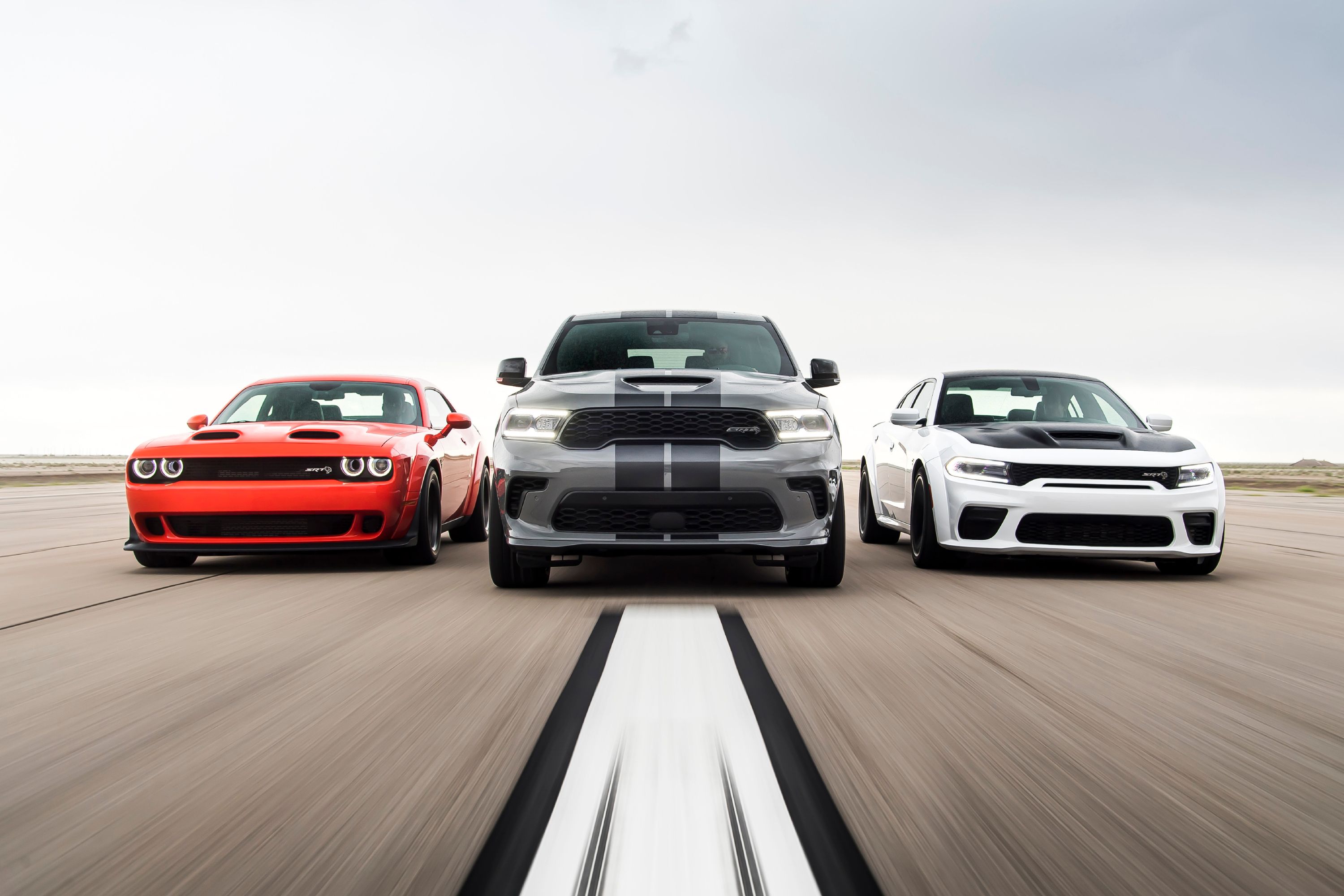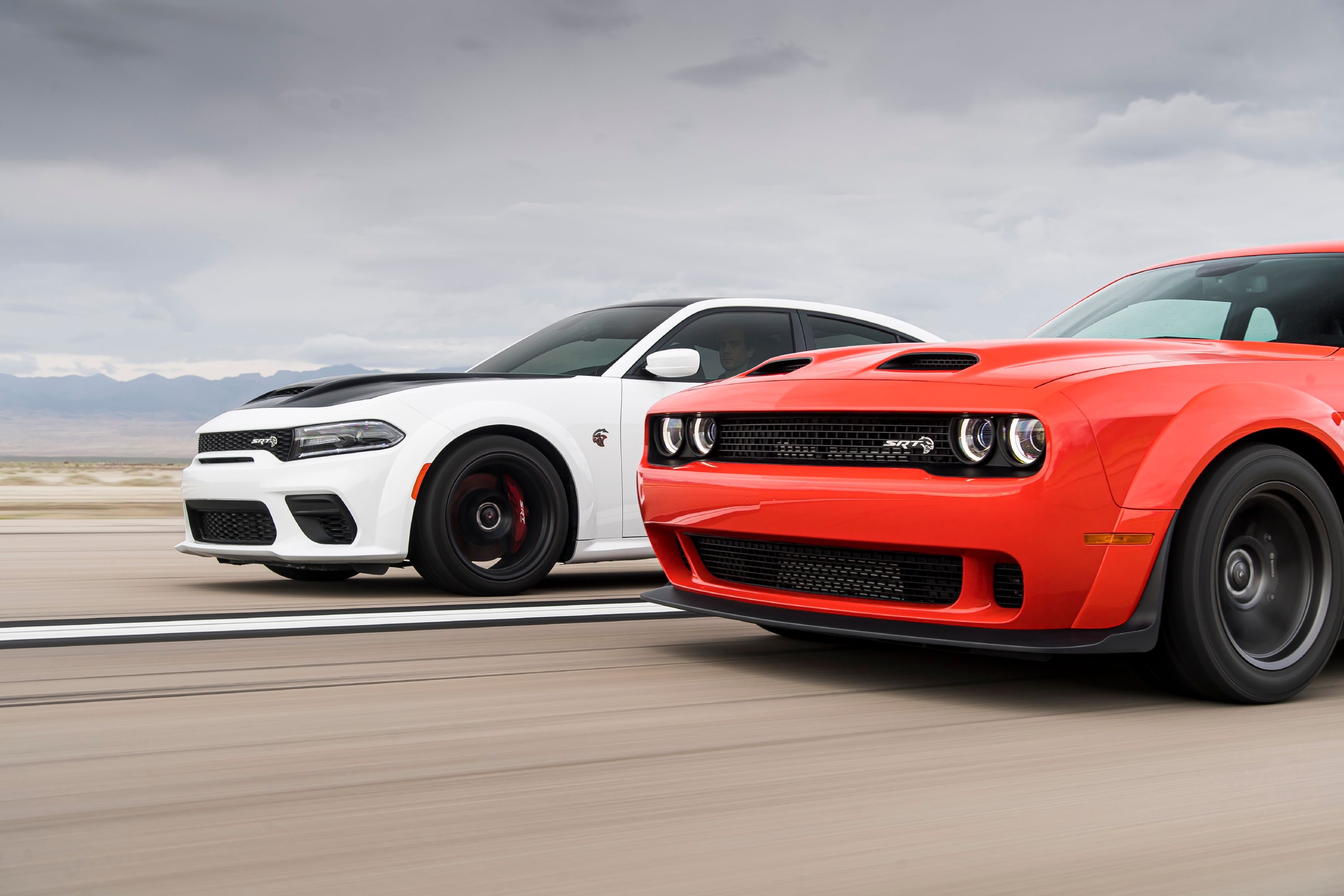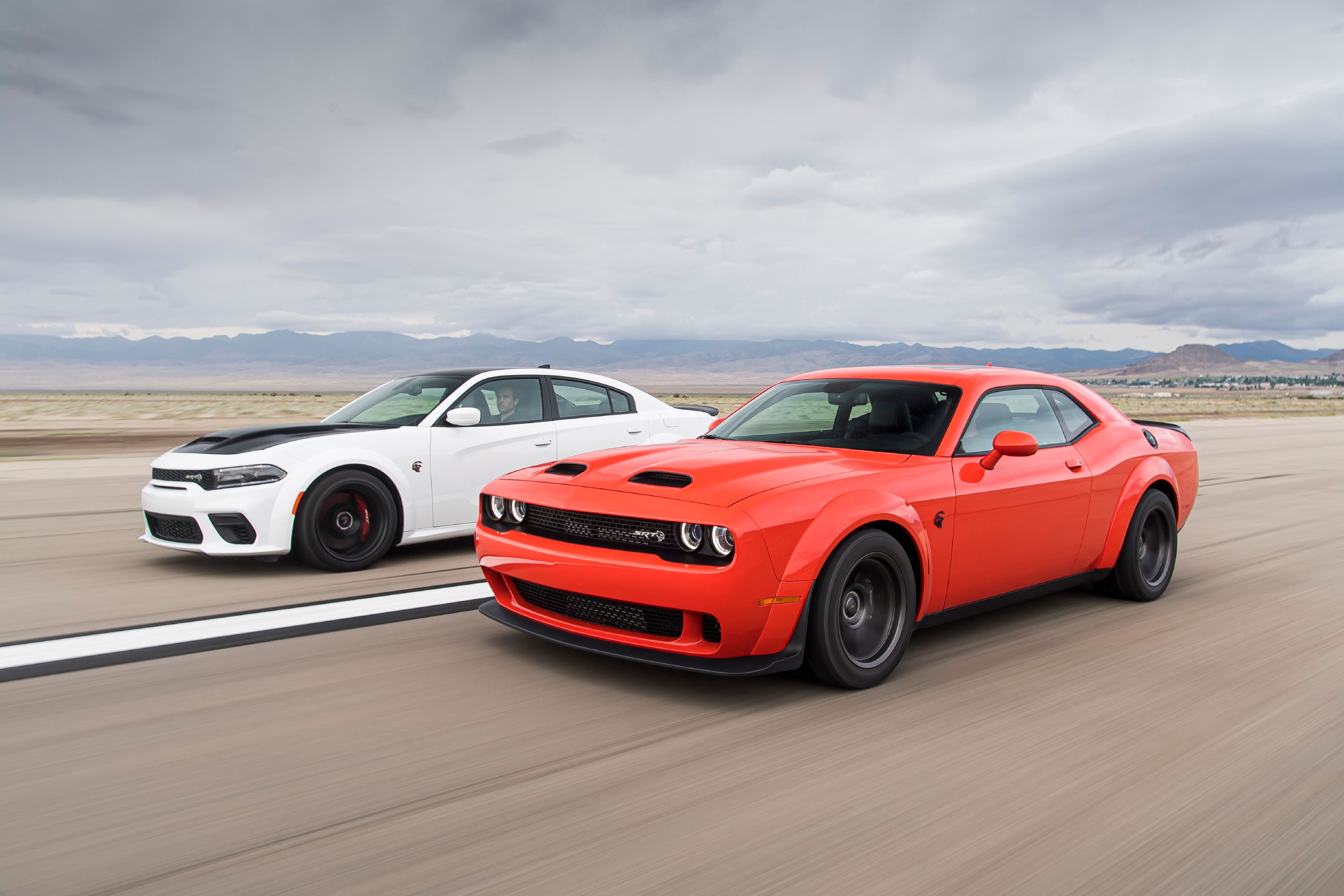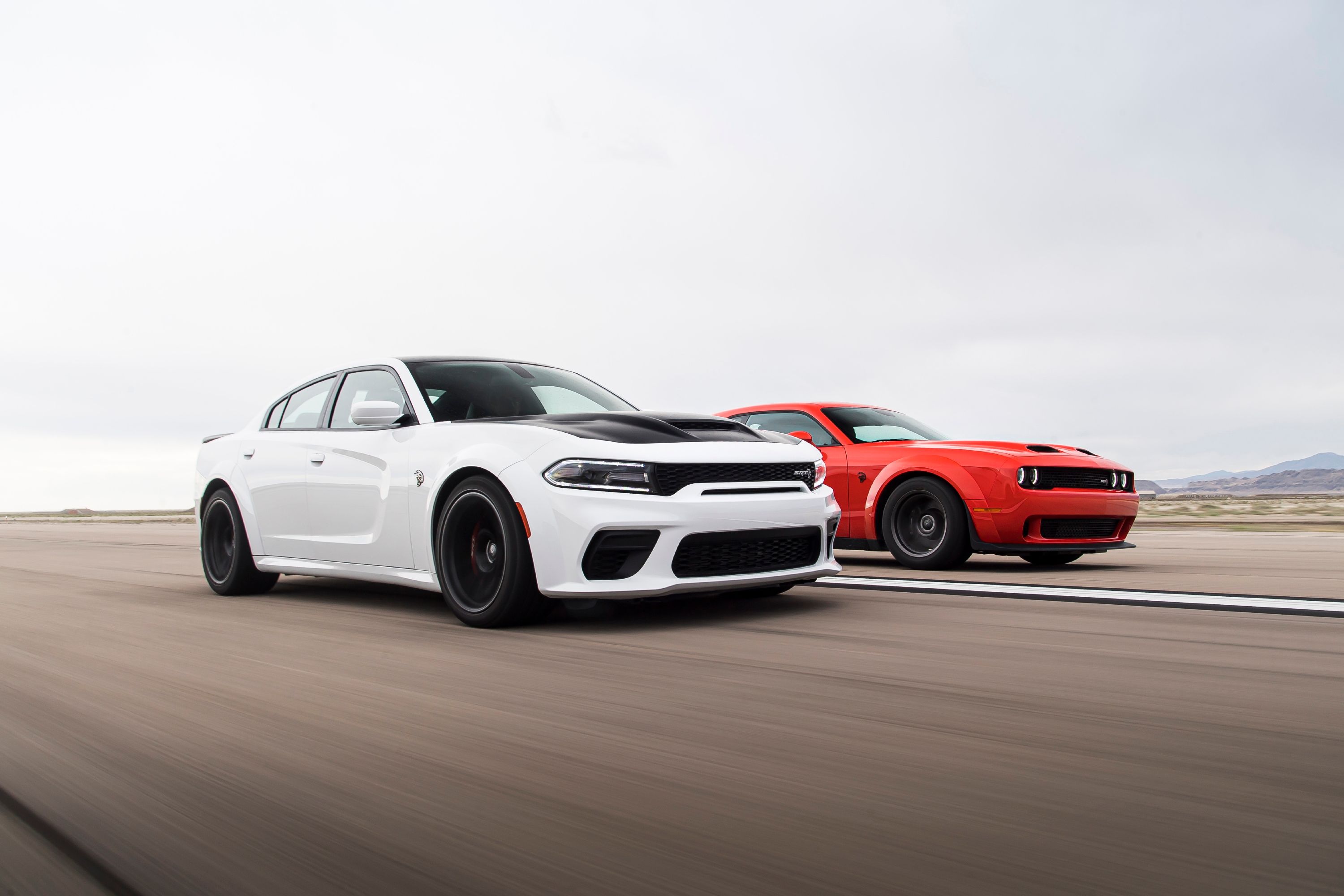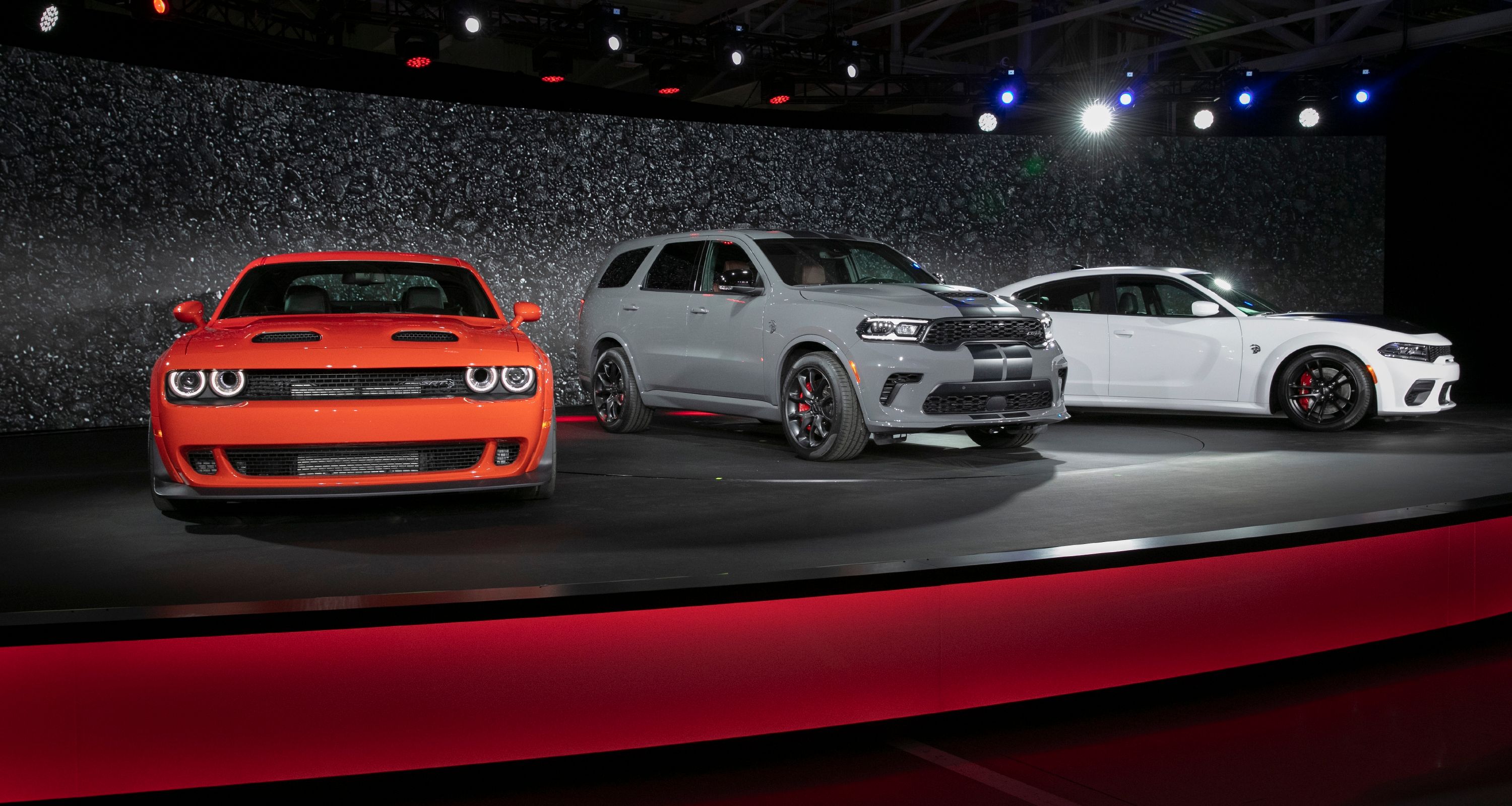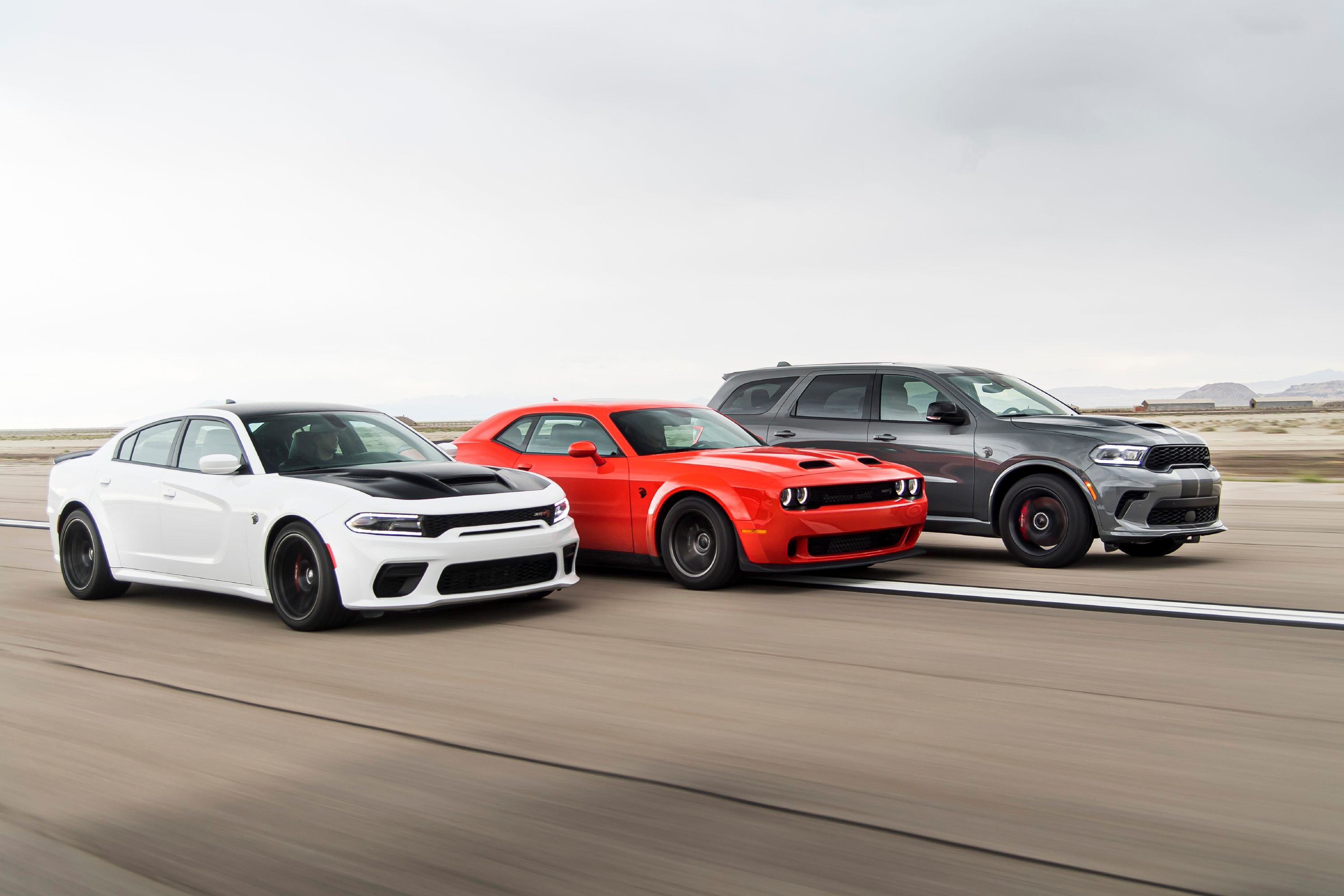FCA has let the cat out of the bag, showcasing the Dodge Durango SRT Hellcat, the Dodge Charger SRT Hellcat, and the Challenger SRT Super Stock. The latter, by the way is now the world’s quickest and most powerful muscle car (according to FCA, of course) while the new Charger Hellcat is the fastest and most powerful sedan you’ll find anywhere. Now, in an exclusive interview with Motor1, Tim Kuniskis, has come right out and said that electrification will play a role in the company’s future sporty cars.
What are Dodge and SRT’s Plans for Electrification?
The truth is, nobody knows what Dodge and SRT are doing to actually push their way into electric territory. Rumors say that the 2022 Jeep Grand Wagoneer will be offered as a plug-in hybrid, as will the next-gen Dodge Durango and Jeep Grand Cherokee. But, what’s more important right now is that Kuniskis is interested in electrification for performance.
And, that’s an interesting point, as it’s largely been believed that anything FCA does with electricity would be about serving up better fuel economy (at first) and then, eventually, delivering all-electric cars at some point down the road. After all, hybrid, plug-in, and electric powertrains are starting to make sense for cars like the Chrysler Pacifica and even the Dodge Durango. To hear that FCA is going to look to it for performance gains, is actually a big deal.
At the same time, you shouldn’t expect and electrified Challenger or Charger to cross into dealers anytime soon. As most people that follow the auto industry knows, electrification isn’t exactly cost effective unless it’s spread across a wide range of vehicles. A company like Dodge or Chrysler (or FCA in general) building a low-volume electric performance car probably wouldn’t work.
So, when will we see some wild, electrified muscle cars from dodge? Well, that’s a good question. Kuniskis was pretty clear that the same technology has to be spread across the mainstream lineup as well. Then and only then will the company be able to deliver an electrified performance car that’s not only feasible for the company but feasible for consumers as well.
So, while the future is ripe with opportunity, that opportunity won’t present itself for quite some time. It won’t be until FCA, as a group, adopts a more wide-spread range of electrified vehicles. Kuniskis stopped short of giving Motor1 any type of timeline, but with 2022 supposedly the year for three new plug-in models, the brand may be able to justify starting work on a more extreme muscle car with extra performance chops. That said, we might not see a Charger or Challenger with real electric performance gains until the latter half of this decade, and maybe not even until after the turn of the decade. A best-guess scenario would paint the next-gen Charger and Challenger seeing some kind of electric adaption near the end of there life-cycle, which you know will run until at least the mid-2030s – something we can say with at least some confidence considering how long Dodge has milked to current models.

